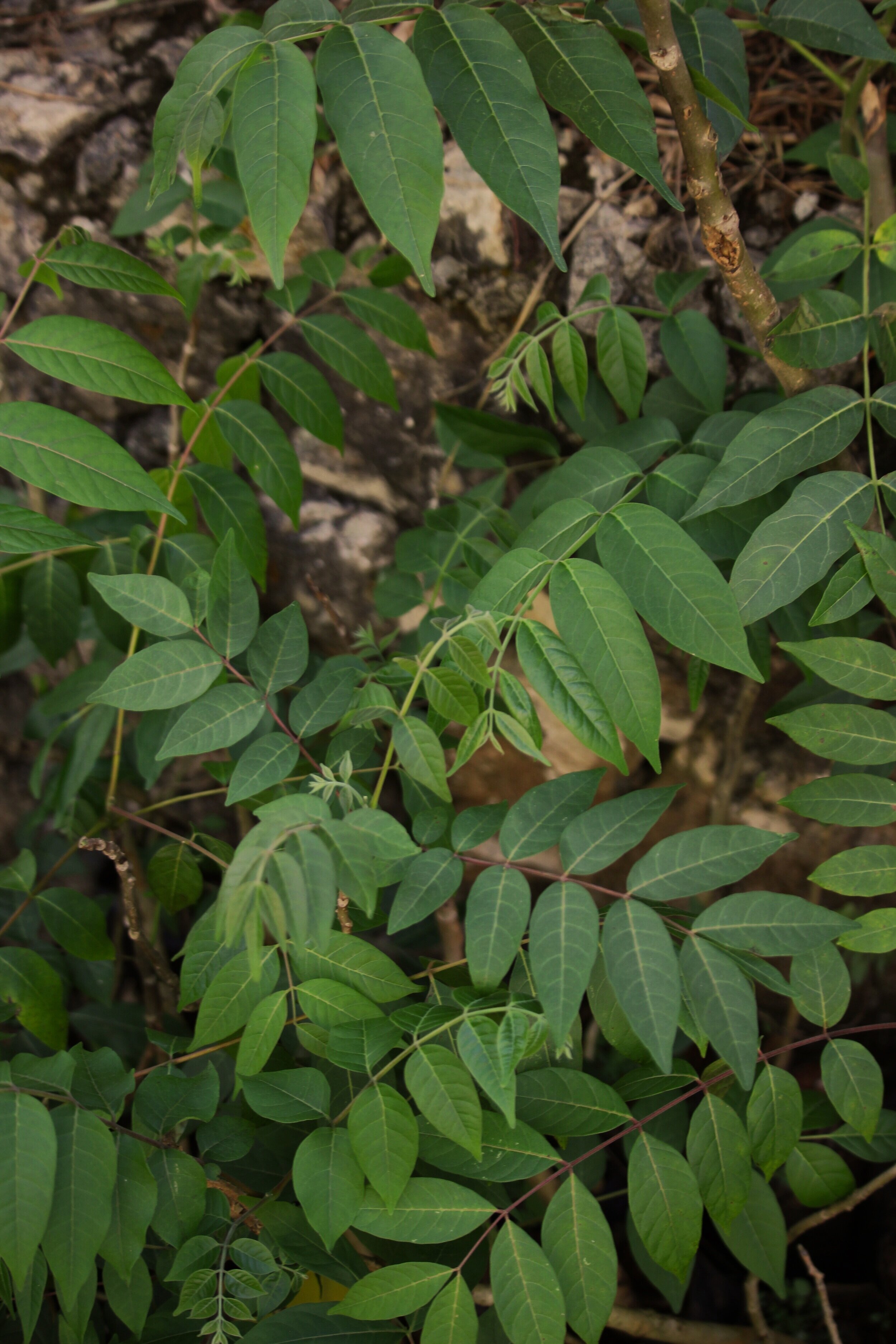
Projects
Our current projects fall into three categories: Reforestation, Agroforestry, and Education. Eventually, we will add Conservation.
Agroforestry & Reforestation
Currently, Haiti is largely deforested, with forest cover estimates ranging between 2 and 28 percent. Deforestation in Haiti is deeply rooted in history and perpetuated by a number of systemic factors in current times. Trees are necessary for:
Human Wellbeing
Soil Health
Agricultural Productivity
Water Retention
Ecological Health
Economic Stability
Agroforestry is when trees are cultivated and conserved in agriculture systems.
Agroforestry & Reforestation Model
Our model takes a tiered approach, starting small, and expanding over time. Throughout each stage of the process, SRDH will be conducting meetings and surveys in the community of Duchity, to inform community members of the project plan and goals, provide resources as needed, and to gather feedback. This will allow us to adapt our project to better fit community needs.
Short-term plan:
Plant a forest for community use. As of September 2024, 2 community forests have begun to be planted.
Plant trees on private property through landowner involvement in our Agroforestry program. As of September 2024, we have begun agroforestry projects with 8 farmers in the region and planted trees in gardens of 27 additional community members.
Large-scale reforestation.
Long-term Plan:
Expand our model to communities beyond Duchity. We have planted trees in the communes Duchity, Kay boule, Leskav, Plenn matin, Nan sous, Ba Duchity, Toubwa, and Lotbo.
Increase collaborative efforts with researchers, organizations, and community partners, within and outside of Haiti. We have collaborated with YoutHaiti and currently collaborate with the Trees That Feed Foundation.
Our model is built to be economically viable for farmers. SRDH will provide participants with:
Information and trainings (see more under Education).
Materials that may be needed for growing trees (compost, etc.)
Seedlings
Opportunities to replace trees that die
Education
Reforestation and agroforestry educational materials are not widely available to farmers. SRDH seeks to break down this barrier to reforestation by providing educational resources and trainings to farmers and students alike.
Building forest systems that support both people and native flora and fauna is integral for forest health, conservation initiatives, and job creation. SRDH is collaborating with conservation-focused organizations to develop conservation educational materials.
Educational Resources and Trainings
1. Reforestation and Agroforestry Training has three components currently:
Tree Planting Days: Community-wide events that provide hands-on learning and engagement for anyone who is interested. Every year on May 1, SRDH holds a community education and tree planting day, focused on educating the youth of Duchity. In 2022, SRDH is also held educational events on Duchity Day in July. May 1, 2023: 3312 seedlings were planted; May 1, 2024: 1088 seedlings were planted.
Farmer Support: On-site assistance for farmers implementing agroforestry practices on their land.
Agroforestry Program: In light of the Vermont Haiti Project (VHP) closing its doors, we are partnering with Lekòl Vokasyonèl Jean Despagne Felix (EVJDF) - the vocational school in Duchity. The vocational school offers a 3 year agriculture program, including agroforestry classes. As we continue to develop our partnership and attain more funding, we plan to work with EVJDF on further agroforestry and reforestation programs.
2. Conservation Training will be provided for:
Students
Farmers and landowners
Interested community members
An Agroforestry and Conservation Program will eventually be implemented for those interested in further engaging in sustainable forest management. We will begin our conservation trainings once we have attained funding.
Conservation
Our goal is to restore forests in ways that create habitat for native flora and fauna (plants and animals), while being used sustainably by the community of Duchity. It is important to address conservation and community needs simultaneously because native plant and animal species have inherent intrinsic value, healthy forest systems require native species, and wildlife assist natural forest regeneration.
Conservation Focus Fields
1. Bird Conservation: Birds are extremely important for forest health and are excellent indicators. Follow the link to learn more.
2. Planting Native Species: We plant many native tree and shrub species. Eventually, we want to expand the native species we plant and include herbs and flowers.
3. Ecological Monitoring Programs: We want our reforestation initiatives to benefit people and native wildlife alike. Therefore, we will eventually begin conducting monitoring and data analysis to understand how we can reforest in the best way possible.



